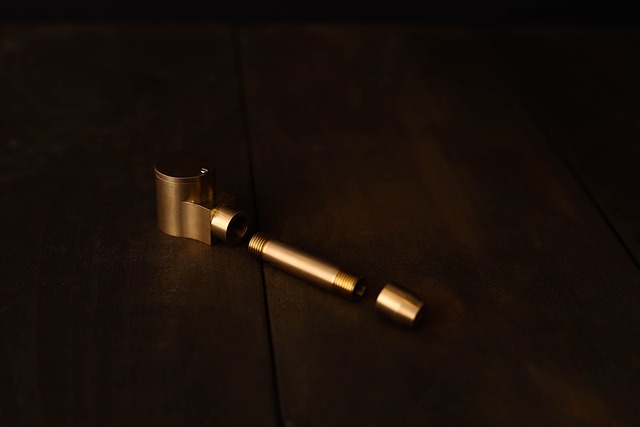DIY pipe insulation is an accessible, effective way for homeowners to boost energy efficiency, reduce utility bills, and provide year-round comfort. By insulating hot/cold water pipes, it prevents heat loss in winter and maintains temperature in summer, easing the load on heating/cooling systems. This method is especially beneficial in older homes with inadequate insulation, promoting eco-friendliness while saving energy and money. A simple guide outlines a straightforward process using foam or fiberglass insulation, ensuring proper fit and security to minimize heat transfer.
Looking to slash your energy bills and contribute to a greener home? DIY pipe insulation is an effective, affordable solution. This guide will teach you how to protect your pipes from freezing temperatures and boost efficiency, resulting in significant cost savings. We’ll walk you through the process, from understanding the importance of pipe insulation to gathering the right materials and tools, and a detailed step-by-step guide for successful DIY installation. Master this skill and enjoy the benefits of a warmer home and lighter utility bills.
- Understanding Pipe Insulation: Why It Matters and Its Benefits
- Gathering Materials and Tools for Your DIY Project
- Step-by-Step Guide to Effectively Insulate Pipes at Home
Understanding Pipe Insulation: Why It Matters and Its Benefits

Pipe insulation is a simple yet powerful tool for any homeowner looking to improve energy efficiency and reduce utility bills. By wrapping pipes that carry hot or cold water, DIY pipe insulation prevents heat loss during winter and keeps water cool in summer, thereby reducing the workload on heating and cooling systems. This is particularly beneficial in older homes where pipes might be exposed or not adequately insulated, leading to significant energy wastage.
The benefits of DIY pipe insulation extend beyond cost savings. It helps maintain consistent temperatures in your home, improving comfort and potentially eliminating cold spots. Moreover, well-insulated pipes can prevent freezing during harsh winters, averting costly burst pipes. With global efforts to reduce carbon footprints, adopting such measures is not just economically sensible but also an eco-friendly choice.
Gathering Materials and Tools for Your DIY Project

Before you begin your DIY pipe insulation project, it’s crucial to gather all necessary materials and tools. This includes insulating material (like foam pipe insulation or fiberglass), a utility knife or scissors, measuring tape, a heat source (such as a hair dryer or heat gun), and gloves for safety. Ensure your workspace is well-lit and organized to make the process smoother. Additionally, consider having duct tape on hand for securing the insulation once cut to the proper length. By being prepared with these essentials, you’ll be well on your way to effectively protecting your pipes and reducing energy costs through DIY pipe insulation.
Step-by-Step Guide to Effectively Insulate Pipes at Home

Insulating your pipes is a straightforward and cost-effective way to keep your home comfortable while reducing energy bills. Here’s a step-by-step guide for effective DIY pipe insulation, ensuring you tackle this project with ease. Start by identifying the pipes that need insulation—typically located in attics, basements, or crawl spaces. Gather your materials: pipe insulation (in foam or fiberglass), scissors or a utility knife, and tape. Cut the insulation to fit around each pipe, leaving a few extra inches for overlap. Fit the insulation tightly against the pipes, ensuring no gaps exist. Use the tape to secure the ends of the insulation, creating a seamless barrier that prevents heat transfer.
DIY pipe insulation is a simple, effective way to protect your pipes and significantly reduce energy costs. By understanding the importance of insulation and gathering the right materials, you can easily insulate pipes at home, ensuring efficient heating and cooling while contributing to a greener, more sustainable lifestyle. Incorporating this cost-effective solution into your DIY repertoire is a smart step towards both financial savings and environmental conservation.
